Orchids 101: Get Started Growing Orchids at Home
Orchids were once special-occasion flowers, available only from a florist or a grower. Most people thought growing them required a greenhouse and an exceptionally green thumb. Today orchids retain their aristocratic allure, but they’re readily available. They’re also easier to grow than many people realize. Most of the more commonly available ones thrive in the same indoor conditions that people thrive in, with moderate temperatures and humidity and bright sunlight but not direct heat. If you’re comfortable indoors, your orchid probably will be as well. The little extra care they may require is usually no more than misting periodically and making sure they stay out of hot afternoon sun and away from freezing windows in winter. Follow these general guidelines and your orchid should reward you with long-lasting blooms for years to come.
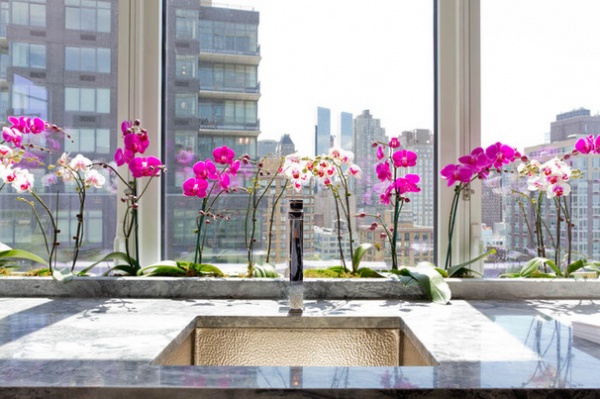
Which orchid for you? With more than 30,000 species and 150,000 hybrids, it’s safe to say there’s an orchid for any growing condition. But if you’re just getting started, there are some familiar species that are easier to find and grow. One of the most popular is the moth orchid, or Phalaenopsis, shown here. Other familiar and easier-to-grow orchids include Cattleyas, Cymbidiums, Dendrobiums, Oncidiums and Paphiopedilums.
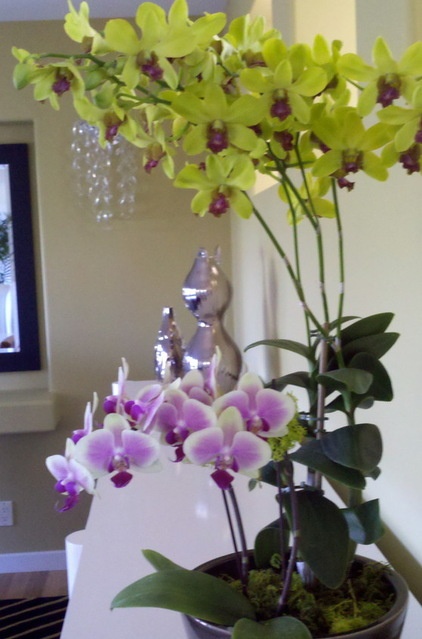
Many people are comfortable starting with just a single type of orchid. But because the popular orchids mentioned above thrive in similar conditions, you can also combine a couple of different ones, such as the Dendrobium (right) and Phalaenopsis shown here.
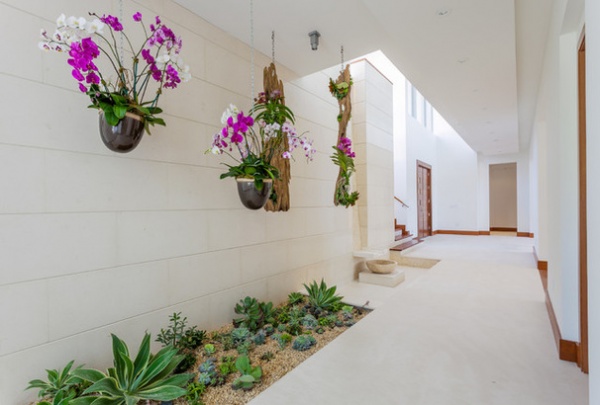
Knowing a bit about how orchids grow in the wild will help you understand what they want in your home. Fortunately, their needs aren’t too different from those of your other houseplants. Though many originated in tropical areas, they aren’t happy in overly wet or dark conditions. They like light and plenty of air moving around them. Beyond that, temperature, humidity and watering levels should ideally mimic those of their native habitat.

Their natural habitat also dictates your choice of potting material, and here’s where they differ from other houseplants. Cattleyas, Dendrobiums, Oncidiums and Phalaenopsis are all epiphytes, or air plants; meaning in their natural habitat they grow on trees and rocks and get nutrients from the rain, falling leaves and even bird droppings. Cymbidiums and Paphiopedilums are terrestrial. They do grow in soil, but it’s a loose soil packed with plenty of other materials. In either case, be sure your potting material is loose and well draining.
Tip: If your orchid is packed in sphagnum moss, which is a good potting choice, the moss may have been compacted for shipping, so loosen it up and give your plant some more room to breathe.
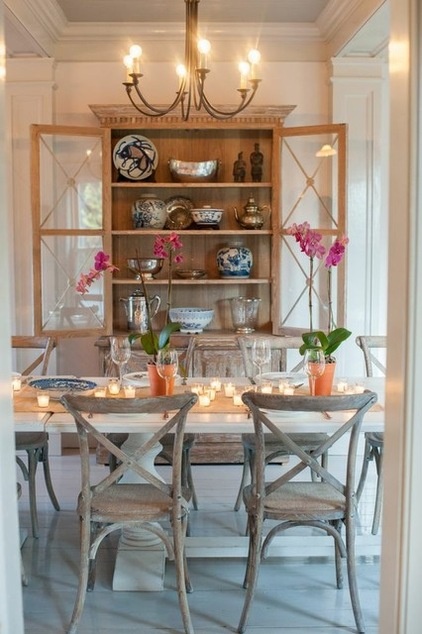
Where to grow it. The right light is important for orchids. Providing enough light helps them grow and bloom. Provide too little, and they will struggle to grow and bloom. Provide too much and your risk sunburn.
Most orchids want bright indirect light. The ideal windows are east-facing, although they often do well in south- and west-facing windows. The key is to keep them out of the direct sun and heat. Moving a plant a few inches away from a windowsill may be all you need to do to keep it happy.

Along with light, orchids demand good air circulation around them. You’re usually fine when windows are open and air is moving comfortably around you. If windows need to be closed or the air conditioning is operating, you might want to set up a small fan near your orchid to keep the air moving.

Temperature and humidity also come into play. For most orchids a temperature range of 65 to 75 degrees Fahrenheit (18 to 24 degrees Celsius) during the day with a drop of 5 to 15 degrees Fahrenheit at night is the right range.
Cool-climate orchids, such as Cymbidiums and many Paphiopedilums, prefer it slightly cooler, and some can even take night temperatures down to around freezing. Phalaenopsis and some Paphiopedilums can handle the temperature being a little warmer, up to about 85 degrees Fahrenheit (27 degrees Celsius). And as long as they’re kept out of the hot, direct sun and the humidity around them is raised, most orchids can handle summer temperatures up to 90 degrees Fahrenheit (32 degrees Celsius). Also, be sure they aren’t too cold in winter. You might want to move them away from cold windows during those months.
While orchids grow in humid climates in nature, they readily adapt to the lesser humidity levels that people are comfortable with. Usually a level of about 30 to 40 percent is fine, as is a drop in humidity at night. If you think your plants are not getting enough humidity, a simple solution is to mist the leaves with a fine spray early enough in the day that they will dry before nightfall. Another solution is to place the pots on trays filled with pebbles and water, with the pots above, not in, the standing water.
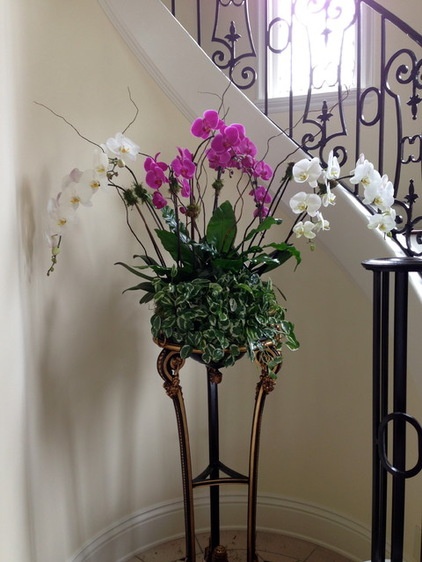
Care and feeding. Providing the right atmosphere is important, but in the long run orchids, like any living organism, need water and food. Watering is where many people go wrong. Ideally, water just before the potting material goes dry, generally about once a week, though check more often if the pot is small or it’s been hot. Err on the side of caution; orchids generally don’t want to dry out, but they really don’t enjoy being soaking wet. After a while, you’ll be able to tell by the weight of the container. If it’s heavy, you can wait.
Water in the morning, letting tepid water run through the plant and drain completely. As with all houseplants, don’t use soft water, as the salts will harm the plant. Hard water can also be too high in calcium.
Once a month use clear water only (no fertilizer added) to flush out any fertilizer residue.
Tip. Choose a container that allows for easy drainage, preferably one that is ceramic, plastic or clay. Traditional orchid pots, with openings on the side, are always a good choice. Or use a decorative container that fits your style as a cachepot and place the orchid and its container inside. Add sphagnum moss around the edges for a polished look.

Orchids do best with liquid fertilizer. You can find commercially available fertilizers for use both during the growing season and during the resting season (which, in some cases, might be when the plant is blooming). Or you can use a balanced fertilizer.
Whichever you use, but especially if you’re not using an orchid-specific fertilizer, dilute the amount recommended on the label. Orchid experts vary on what they recommend. A general rule of thumb is a quarter-strength solution weekly. However, you’re probably also fine with twice a month (and up to half strength) when the plant is growing and even as little as once a month when the plant is resting. As with any fertilizer, higher nitrogen will promote leaf growth, while higher phosphorus and potassium will promote flower growth.
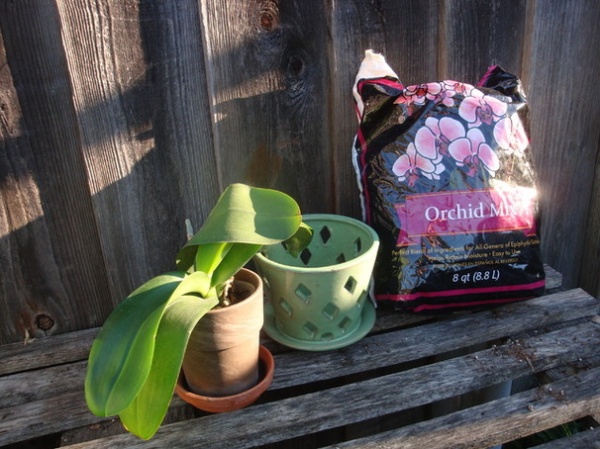
Repot orchids every one to three years, or when the potting medium has broken down. The best time is right after the plant has finished blooming. Don’t go too large with the new pot; orchids prefer to be crowded. You can find an orchid mix at most nurseries and home improvement stores. Other choices include fir bark, sphagnum moss and perlite.
Other care is relatively simple. Orchids are not overly prone to pests, but if you do get an infestation of one of the common houseplant pests, such as aphids and spider mites, dampen the leaves and then wipe them off with rubbing alcohol on a cotton swab or a water-soap-horticultural spray.
Fungal diseases, which result in discolored or misshapen areas, usually are the result of high humidity. Isolate the plant and cut out the diseased parts with a sterilized blade and treat with a fungicide. Viral infections, which result in malformed or discolored leaves and flowers, cannot be cured, and the plant should be destroyed.
Browse more stories on growing houseplants












